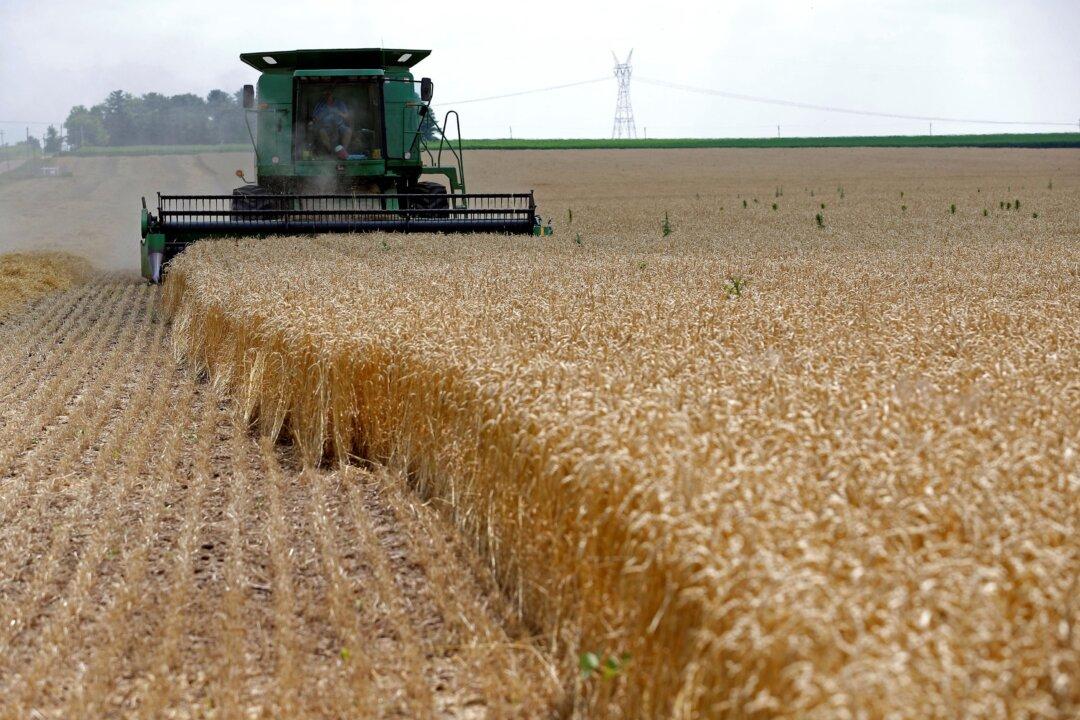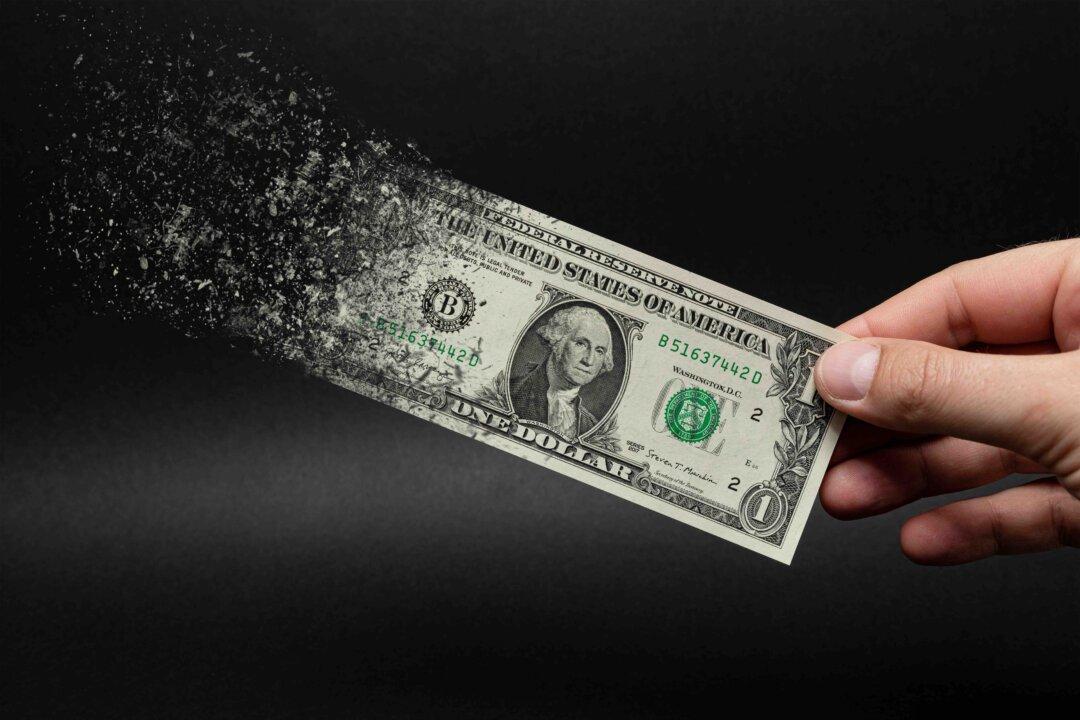Commentary
“The Pakistan Economy Watch (PEW) on Tuesday asked the government to take serious steps to ensure food security in the country as an international food crisis can engulf the world soon .... Dr. Murtaza Mughal said that the vulnerable and the poor would be hardest hit, who spend as much as 60 to 75 percent of their income on food. He said that situation at home is far from encouraging; flawed policies have left almost all the federal and provincial departments related to agriculture as dysfunctional. ... The matter should not be taken lightly, as, during the last crisis, 30 countries witnessed food riots while many governments were sent packing.” — Pakistan Today, July 25, 2012





